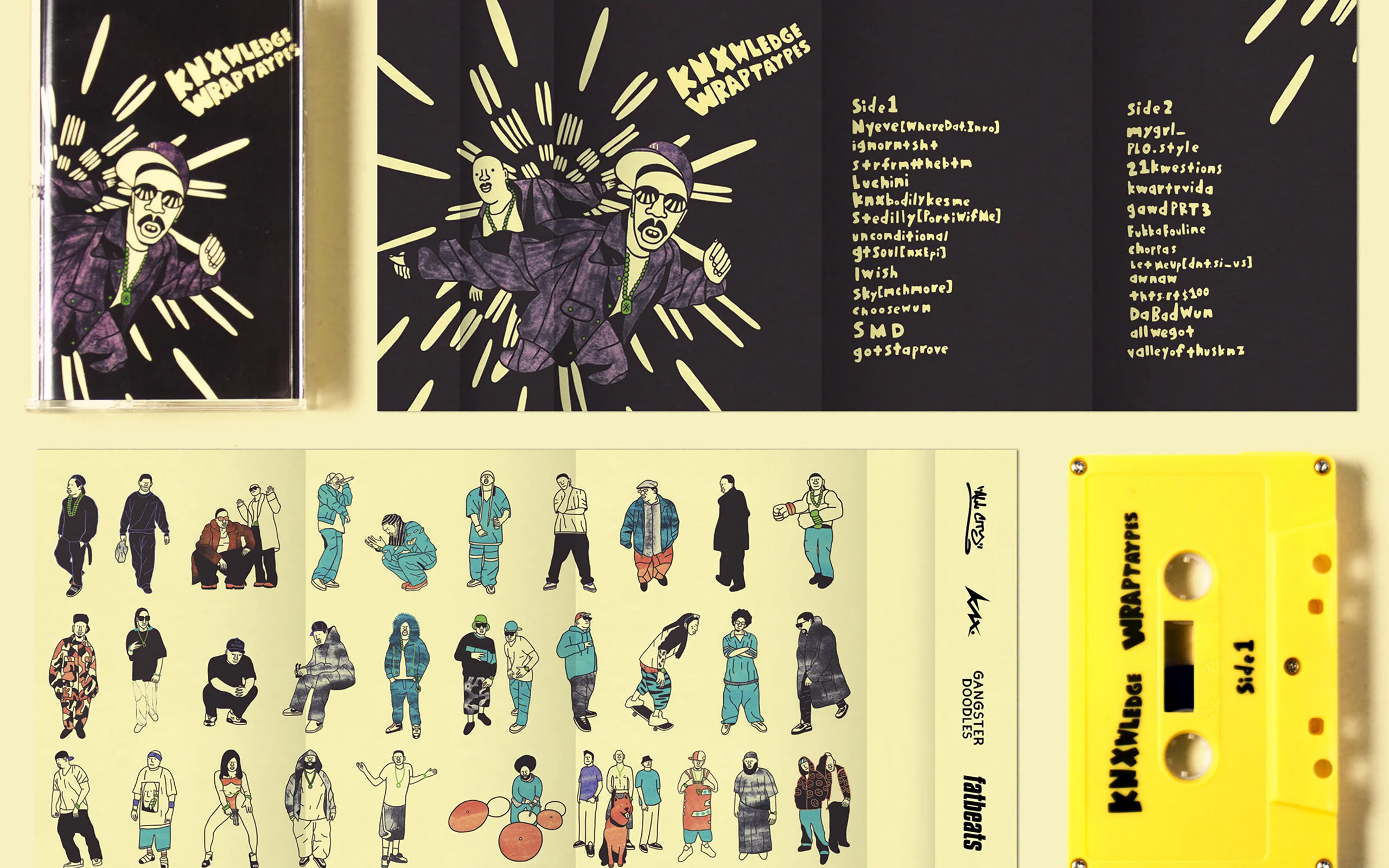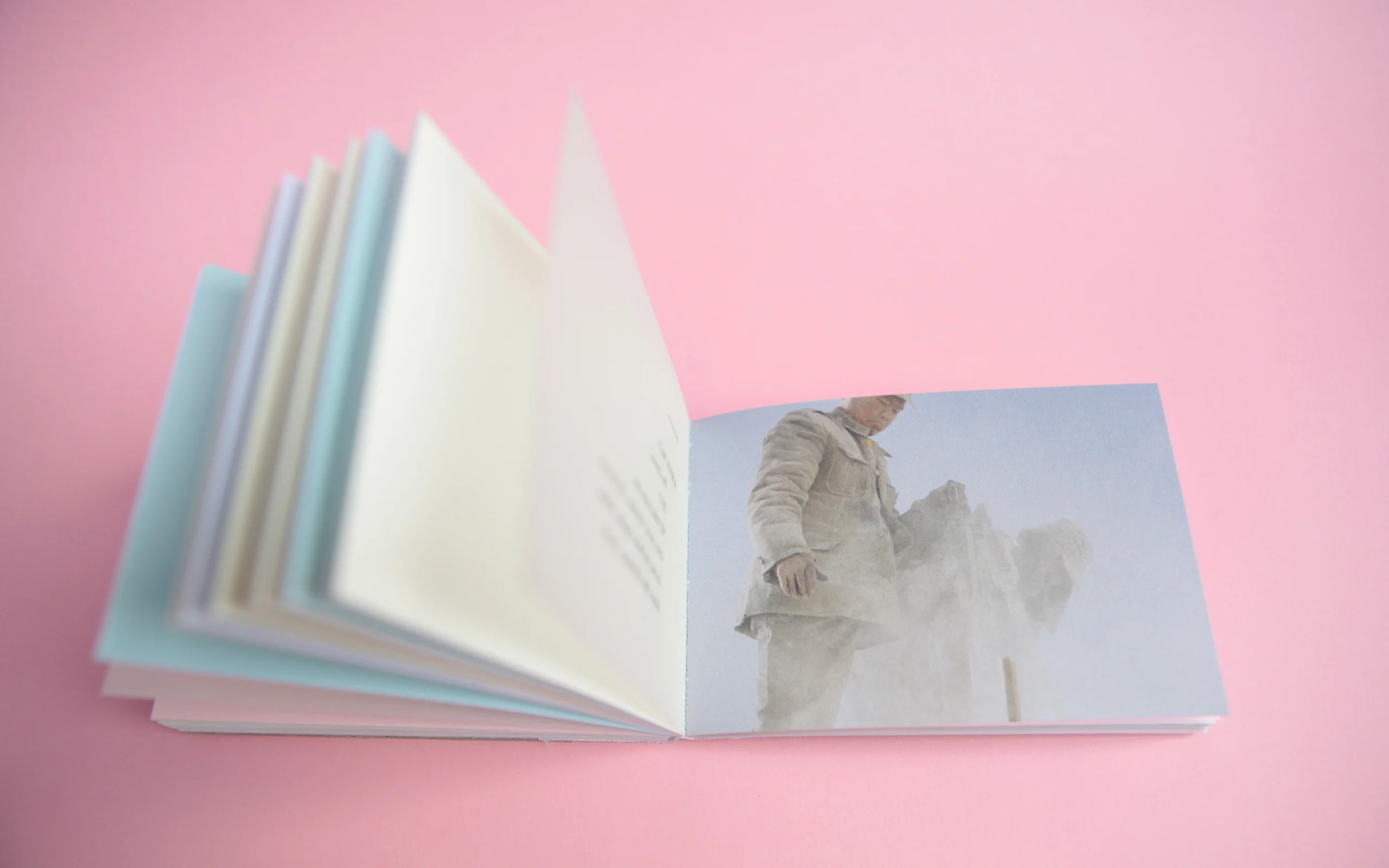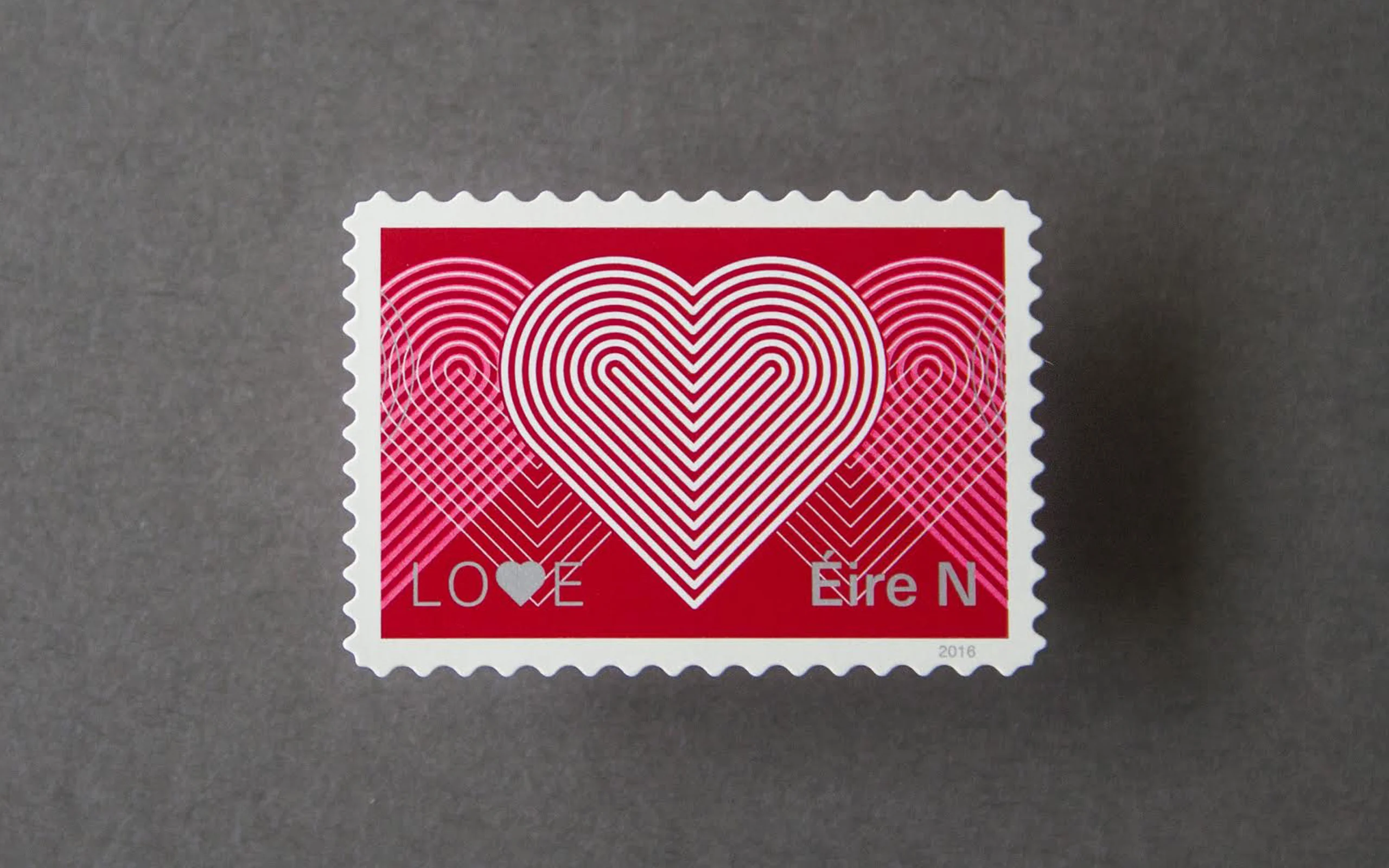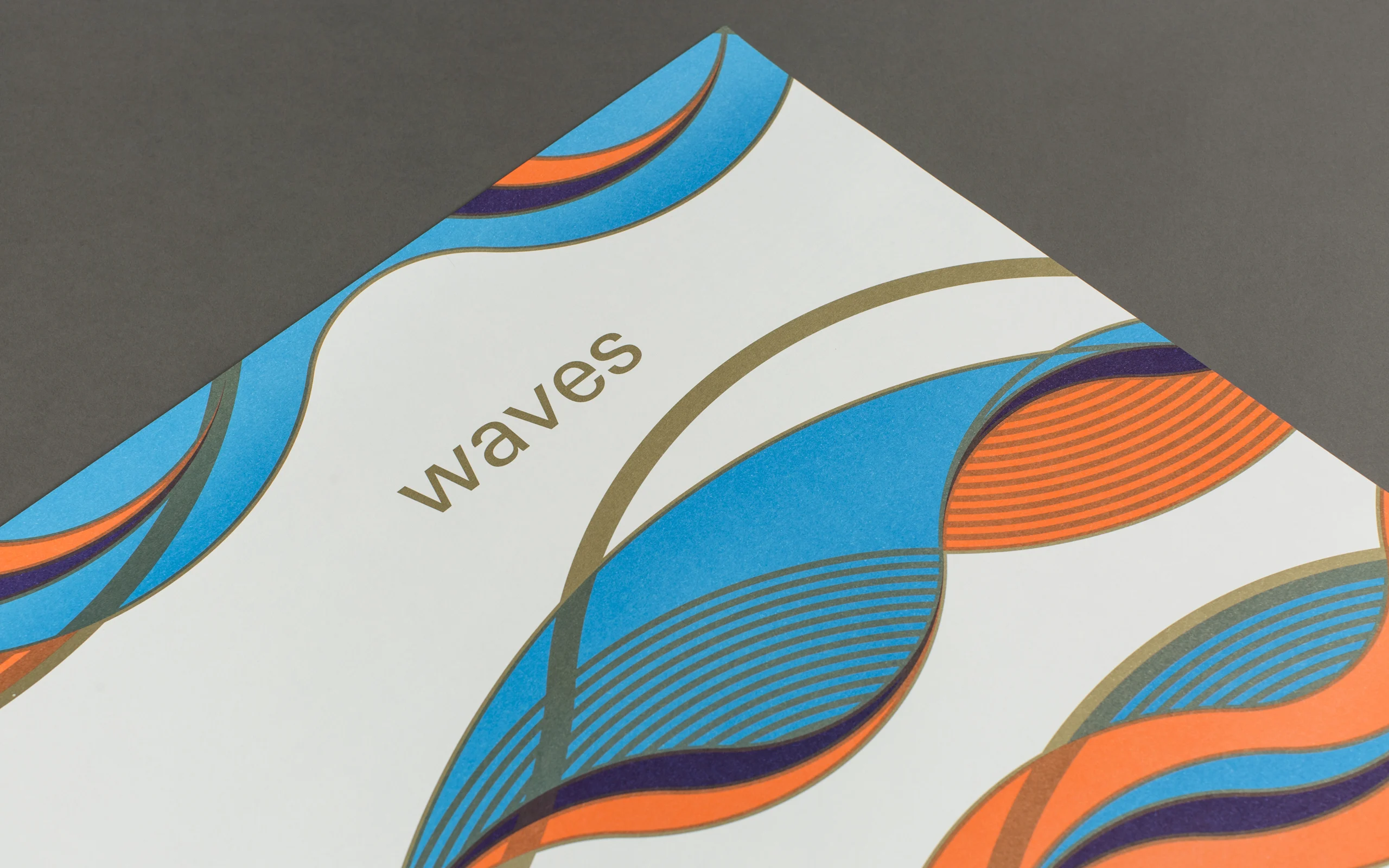

Many of the best ideas take shape over booze. That’s how the 100Archive came together – growing out of an informal Dublin drinks meet-up, “really an excuse to get together every couple of months and talk about the industry and our experiences over a few beers,” says designer Scott Burnett.
These discussions led to an idea for a new website to join the dots of Irish graphic design, celebrate the work being done and build the Irish design community. And so four studios – Atelier, WorkGroup, Detail and Studio Aad – decided to make it happen.

“Prior to this, there was nowhere really to get up to speed with the work that was shaping Irish graphic design,” Scott says. “There were a few designers and studios that were generally well-known, but also a lot of great work that was popping up across Ireland, and no-one really knew who was behind it.
“But of course the idea is the easy part, making it happen is the challenge – we had to design the whole thing from the ground up. What exactly was it? How did it work? How much did it cost and was it sustainable? That was a perfect breeding ground for debate and occasional frustration!”
Very quickly though, the project was embraced by their fellow designers, who shared the founders’ disillusionment with the current outlets and awards schemes supposedly championing Irish visual communication.

Designers can submit their work to the site, which are then reviewed by two panels of peers, clients and design experts. “We have a process that we believe is incredibly generous, rigorous and transparent in respect of identifying work of merit,” Scott says. The final 100 form the living archive and projects are posted alongside data and insights which the team hopes, “help people make sense of the archive in the future while also helping us all make sense of it now.” Increasingly the site is also a place for debate and discussion about the issues facing the Irish design industry.
Some countries – Switzerland, Germany, the UK – have well-covered graphic design histories, but the breadth and depth of Irish design talent may come as a surprise to outsiders.
“I think the main thing we’ve identified is that Irish design is good, and at times great,” Scott says. “We are not being facetious here. In the void that existed before the Archive, I don’t think people had any sense of the diversity of practice across Ireland, or if they did then there was a peculiar lack of confidence in promoting it.”

Having reviewed hundreds of projects from both designers working in Ireland and Irish design talent working abroad, does he see a ”design language” that is discernibly Irish?
“It’s hard to say. There are other particular aspects that are generally thought of as featuring in Irish design and culture at large – storytelling, humor, love of the written word. These are all certainly evident in many of the submitted projects.
“I’d say there’s also a warmth and intimacy that you can see, things that are very much designed for close-up human interaction. There’s also a modesty or economy that is often there. All that said, we were surprised by just how diverse the work was and there was no clear, dominant style.”

The project is an interesting addition to the digital design world, which Scott describes as “a bit mad.”
“It’s pretty much a diet of extra-dry muesli – endless Medium articles about very specific technical or process issues that seem more about convincing the author than informing the reader – or saccharine sweet eye candy.
“Every now and again I come across something nutritious and substantial. But I definitely think we’re underserved by smart, insightful, digestible articles that help us understand and navigate our industry better – hence our desire to engage with designers and encourage them as authors and critics of their own work and that of their peers.
“The writing on the 100Archive is increasingly one of its greatest strengths. We want authentic insight and debate from people who care about the standards of their own practices and that of their peers.”



